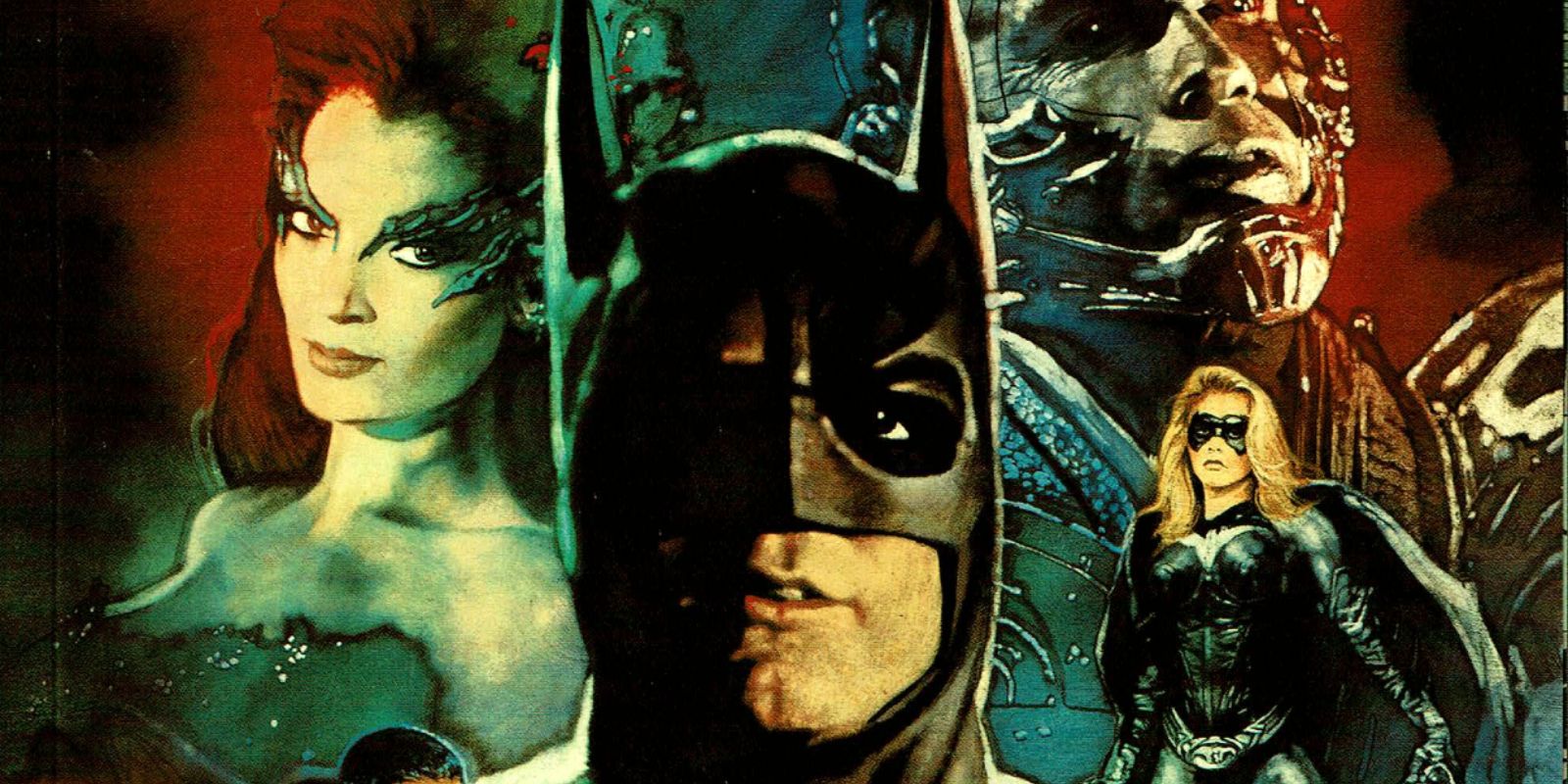Bringing comic book characters to live-action media is a tough job. Many things can go wrong, from the look and feel of the set to the execution of the plot and costumes. The culmination of all these factors can either turn the production into a timeless creation or forever mark it as a product of its time. 1978’s Superman: The Movie, DC’s first superhero movie adaptation, certainly falls in the former category. There’s also a tradition of basing comics on these films as part of the marketing effort for their motion picture counterparts. However, just as is true in novelizations of films, passing a story through so many hands can be a recipe for creative dissonance.So, when Batman & Robin made it to the screen, a one-shot comic from DC was inevitable. The publication of Batman & Robin: The Official Comic Adaptation (by Dennis O’Neil, Rodolfo Damaggio, Bill Sienkiewicz, and Albert DeGuzman) coincided with the release of the 1997 movie. Although it was primarily promotional material for the full-length feature, the book got lost in the critical storm that surrounded the film’s release. These days Batman & Robin’s financial and critical disaster is common knowledge. But the official comic adaptation has significant merits, and it managed to iron out some of the film’s worst problems.Tim Burton’s Batman films gave a distinctive style to Gotham City. It was ugly and Gothic but there was beauty in its elaborate art-deco installations that turned it into a smog-ridden concrete jungle. However, when the late Joel Schumacher took the reins of the franchise, he turned the city into a perpetual rave party with colorful neons and over-the-top performances. His idea was to create a Batman movie for all ages, taking inspiration from the campiness of the Golden Age comic books. While Schumacher’s first endeavor was a moderate success and made decent money at the box office, Batman & Robin disappointed audiences immediately. The bad optics surrounding the film stalled all further sequels in development and made film studios wary of the franchise; it took filmmakers like Christopher Nolan over a decade to dismantle Batman’s bad reputation in Hollywood. Despite the glamorous sets and star-studded cast, Batman & Robin didn’t invest much in its screenplay, and this led to its downfall.RELATED: Tim Burton’s Batman Set up the Greatest Two-Face Movie Never SeenRELATED: Batman & Robin’s Campy Shift Is Riddler’s Fault, According to This Theory
Bringing comic book characters to live-action media is a tough job. Many things can go wrong, from the look and feel of the set to the execution of the plot and costumes. The culmination of all these factors can either turn the production into a timeless creation or forever mark it as a product of its time. 1978’s Superman: The Movie, DC’s first superhero movie adaptation, certainly falls in the former category. There’s also a tradition of basing comics on these films as part of the marketing effort for their motion picture counterparts. However, just as is true in novelizations of films, passing a story through so many hands can be a recipe for creative dissonance.
So, when Batman & Robin made it to the screen, a one-shot comic from DC was inevitable. The publication of Batman & Robin: The Official Comic Adaptation (by Dennis O’Neil, Rodolfo Damaggio, Bill Sienkiewicz, and Albert DeGuzman) coincided with the release of the 1997 movie. Although it was primarily promotional material for the full-length feature, the book got lost in the critical storm that surrounded the film’s release. These days Batman & Robin‘s financial and critical disaster is common knowledge. But the official comic adaptation has significant merits, and it managed to iron out some of the film’s worst problems.
Tim Burton’s Batman films gave a distinctive style to Gotham City. It was ugly and Gothic but there was beauty in its elaborate art-deco installations that turned it into a smog-ridden concrete jungle. However, when the late Joel Schumacher took the reins of the franchise, he turned the city into a perpetual rave party with colorful neons and over-the-top performances. His idea was to create a Batman movie for all ages, taking inspiration from the campiness of the Golden Age comic books. While Schumacher’s first endeavor was a moderate success and made decent money at the box office, Batman & Robin disappointed audiences immediately. The bad optics surrounding the film stalled all further sequels in development and made film studios wary of the franchise; it took filmmakers like Christopher Nolan over a decade to dismantle Batman’s bad reputation in Hollywood. Despite the glamorous sets and star-studded cast, Batman & Robin didn’t invest much in its screenplay, and this led to its downfall.
#Batman #Robin #Comic #Adaptation #Simple #Change #Fixes #Movie
Note:- (Not all news on the site expresses the point of view of the site, but we transmit this news automatically and translate it through programmatic technology on the site and not from a human editor. The content is auto-generated from a syndicated feed.))



